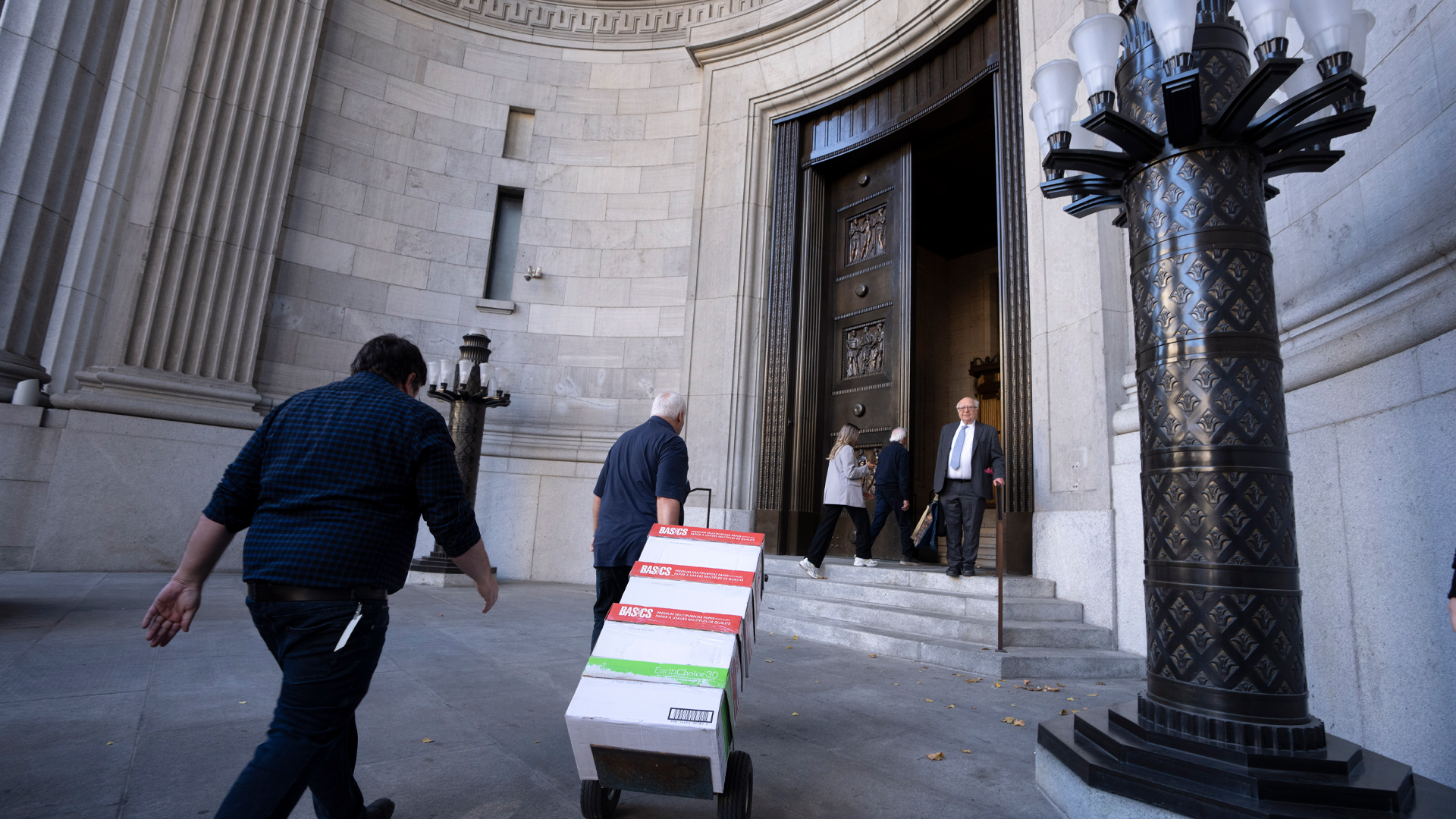
(Version française disponible ici)
This article is the first of a two-part series on the notwithstanding clause in the Canadian Constitution. The second part can be found here.
With the patriation of the Canadian Constitution in 1982, the Canadian Charter of Rights and Freedoms brought many changes to the constitutional structure of the country. One of these was the inclusion of a notwithstanding power in Section 33. This section, often referred to as the “notwithstanding clause,” allows federal, provincial and territorial parliaments and governments to temporarily override or supersede certain Charter rights.
Section 33(1) of the Charter allows Parliament or a provincial legislature to pass an act that expressly declares that such legislation or any of its provisions “shall operate notwithstanding a provision included in section 2 or sections 7 to 15 of this Charter.”
Despite the obvious function of this section, many condemn its use. Yet Section 33 is consistent with the spirit of the constitutional statutes, has been reviewed and upheld by the Supreme Court, and has been used on a few occasions in the past.
The Courts’ test
In Ford v. Quebec (Attorney General), a case named for a Quebec business owner who challenged the province’s language law, the Supreme Court of Canada ruled in 1988 that legislators must declare the number of the section, subsection or paragraph of the Charter from which they intend to derogate and clearly indicate what part of a provision will be derogated from, if any. Section 33(2) of the Charter provides that “[a]n Act or a provision of an Act in respect of which a declaration made under this section is in effect shall have such operation as it would have but for the provision of this Charter referred to in the declaration.” In our view, the key word is “operation.” The French version of this paragraph uses the word “effet.”
Looking at both the French and English versions of Section 33 of the Charter, it seems clear to us that the law or provision of a law referred to in that section continues to have effect even if it is, or could be, invalidated under the Charter. Indeed, that is the whole point of Section 33.
Inapplicability or invalidity
To understand the effect of the notwithstanding power, it is useful to draw a parallel with the doctrine of constitutional validity on the one hand, and the doctrines of constitutional operability (paramountcy) and applicability (interjurisdictional immunity) on the other.
In the case of validity, it appears that a statute can be void if because of its true character and the extent of its encroachment on the jurisdiction of another level of government, it is not within the jurisdiction of the legislature that enacted it.
In the case of operability, a provincial law can be declared inoperative to the extent that it conflicts with a federal law. This does not mean that the provincial law is invalid. Rather, its effects are suspended with regard to the conflict for as long as the conflict continues.
The same reasoning applies to the doctrine of applicability, whereby a statute may be declared inapplicable in a particular situation or context without being declared invalid in its entirety.
Thus, legislation or provisions of federal or provincial law that use the notwithstanding clause continue to apply despite their actual or potential invalidity under the Charter. However, this lasts only as long as the Constitution provides, — no more than five years after the act comes into force, after which the legislator may renew the notwithstanding clause for a further five years. There is no limit to this renewal process, but if the declaration is not repeated after the five-year period, a legislative provision that has already been declared invalid by the courts would automatically lose all its effect.
A legitimate provision?
Some question the legitimacy of the override power. Legitimacy is a difficult concept to define and involves an examination of the political as well as the legal aspects of the provisions of Section 33. Legitimacy is based on both popular support and respect for the existing constitutional order, unless in the latter case it authorizes the creation of a completely new constitutional order based on the will of the people.
On the question of respect for the constitutional order, the decision in Ford was not only that the use of Section 33 of the Charter was constitutional in itself, as part of the constitutional order and as a component of strict law, but that it was also legitimate. Whether we like it or not, the notwithstanding power is only limited by undemanding rules of form to give the legislator the maximum room to manoeuvre.
A legal delegitimization that does not hold water
The notwithstanding clause is well-established in the legal landscape of the country. The courts are influenced by the existence of Section 33 in their various judgments.
However, there are legal scholars who argue that Parliament or a legislature should justify to the courts the exercise of the notwithstanding power. This idea makes no sense. Section 33 of the Charter would then duplicate Section 1 of the Charter in that it would be superfluous.
If legislators were to submit to this exercise, the courts would be forced to review the propriety of the exercise of the notwithstanding power in a manner that would be precisely contrary to the spirit of the clause. Moreover, the whole process would be counterproductive, and would take the courts into a very political arena, where the courts would be obliged to test the proportionality between the reasons or objectives invoked by the legislature and the means it uses to achieve its ends.
The balance of powers
Ultimately, the notwithstanding clause allows Parliament and provincial legislatures to have the final say on various social and political issues on some occasions, rather than leaving it to the judiciary.
But before the question of the last word, there is the question of the first word. In our view, there is no reason why the override power should not have a preemptive as well as a “curative” (i.e., remedial or corrective) effect. The language of Section 33 itself contains no nuance that would suggest that it applies only after a court has rendered a judgment. It should be noted, however, that the override power does not prevent the court from intervening, but only from applying the judicial sanction of unconstitutionality.
Those who argue that the notwithstanding power cany take effect only following a court judgment, and not before such a judgment is rendered, often invoke the need – or at least the desirability – of a dialogue between the courts and the legislatures around the Charter. As Peter W. Hogg and Allison A. Bushnell mentioned in an article published in the late 1990s, this theory (often referred to as the “Charter Dialogue”) is in fact based on the idea that “Canadian legislators are engaging in a self-conscious dialogue with the judiciary.” The interaction between the legislature and the judiciary then resembles a tennis match between these two branches of government as to whether state measures are compatible with the Charter.
The notwithstanding power can easily be part of this dialogue, but it nevertheless gives the legislatures, rather than the courts, the final say about when it applies. Indeed, it could be argued that if there were no override power, there would be no dialogue: the courts would simply have the final say in all cases. That is the bottom line.
A second article addresses the compatibility of the notwithstanding power with the principles of federalism and constitutional democracy.









